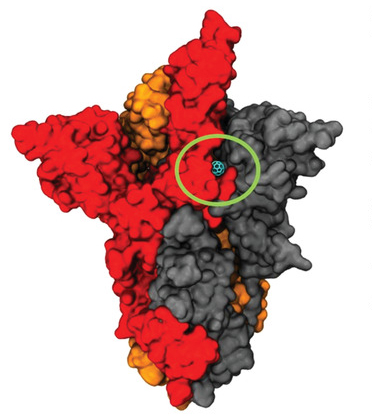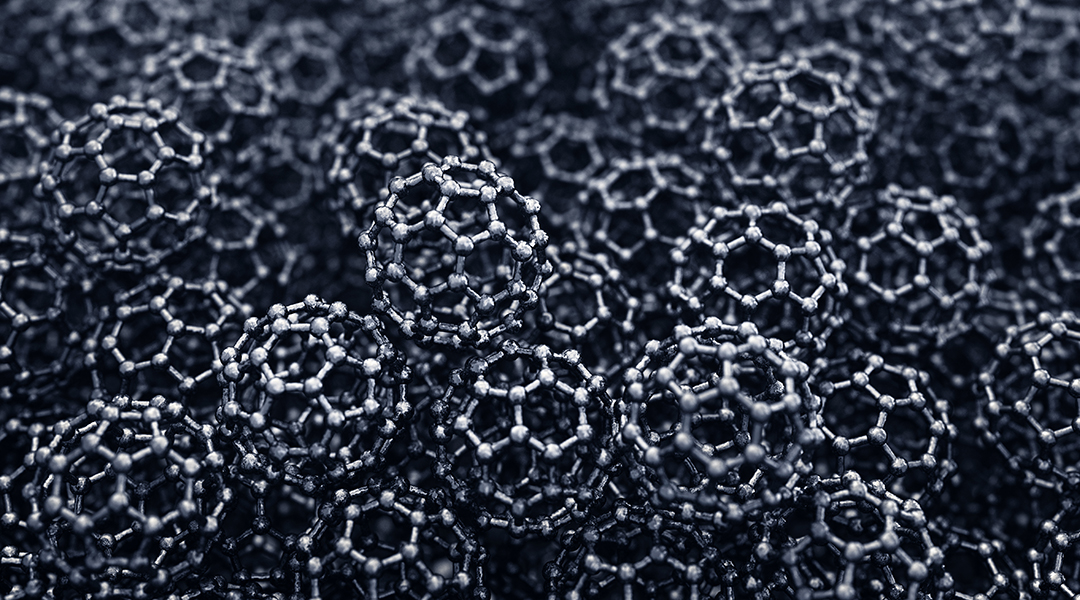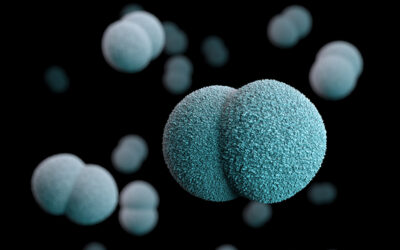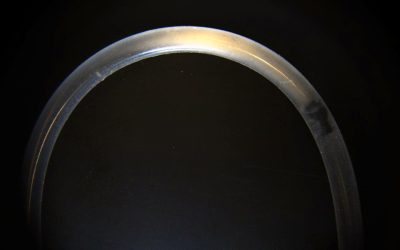As we witnessed with the COVID-19 pandemic, viral outbreaks threaten not only people’s lives, but the integrity of health systems, as well as livelihoods and ultimately, the global economy.
To control or even prevent infectious outbreaks, vaccines are without a doubt an excellent tool, but when dealing with new, emerging viruses, it can take a long time to develop them. There is also the added challenge that as a virus spreads, new variants appear, becoming more contagious or even more resistant to vaccines.
Public health initiatives used in conjunction with vaccines, like masking, hand washing, social distancing, are all important measures to help minimize risk, but there is an urgent need to develop antiviral agents that either kill or block the virus from causing infection.
A good example is chlorhexidine, a drug with anti-microbial properties that is used to disinfect the skin and the mouth, and that has been to decrease the concentration of the virus that causes COVID-19 in the saliva of infected patients, helping protect healthcare workers and minimizing spread.
Scientists worldwide are trying to identify new, broad-spectrum antiviral agents to help treat current, known viral diseases, as well as prepare for future infectious pandemics.
Ievgen Donskyi, a junior group leader at the Freie Universität Berlin in Germany, and his team are investigating technologies based on nanomaterials to create antiviral agents against different variants of SARS-CoV-2 and other viruses. “Any effective [viral] inhibitor that displays low toxicity, especially orders or magnitudes above its effective concentrations, is a decent candidate for disease prevention,” said Donskyi.
In a recent study the team showed how their nanomaterial efficiently blocked cell infection of the original, wild-type SARS-CoV-2 virus as well as the Omicron variant, suggesting it could be further investigated as an antiviral agent to prevent COVID-19 disease.
Tackling viral infection
An infection starts when proteins found on the virus’ surface and proteins on the surface of our cells interact. In the case of SARS-CoV-2, the outside layer of the virus contains a ring or corona of these proteins, and the ones that make contact with our cells are called spike proteins. After these interactions take place, the virus enters the cell where it replicates to make copies of itself and keeps infecting other cells.
By blocking these first protein-protein interactions, the viral infection can be impeded before the virus enter the human cells. In their study published in Small, Donskyi and his team created a material that would interact with SARS-CoV-2 spike proteins to essentially keep them “hidden” from the surface proteins on human cells, and this way prevent viral infection.
The nanomaterial they used is called fullerene, which is made completely of carbon atoms, such as diamond and charcoal, arranged in such a way that they form an interconnected mesh that can fold form hollow cages.

“Hydrophobic C60 fullerene can prevent virus infection via interactions with hydrophobic cavities of surface proteins,” wrote the team in their study. However, this is easier said than done as the team noted, fullerene does not mix with water, which makes it hard to use in biological applications — the body is about 60% water.
To solve this problem, the scientists combined it with a highly soluble agent with its own antiviral properties known as sulfated polyglycerol, which they used to coat the surface of fullerene spheres.
Thus, the team created their functionalized fullerene spheres which they called fullerene linear polyglycerol sulfate material, or F-lPGS for short.
Preliminary tests showed promise when F-IPGS was tested in cultured cells to study their anti-viral effect. The team says they observed that F-lPGS inhibited cell infection when exposed to the wild-type SARS-CoV-2 virus compared with cells that were not treated. The team also tested F-IPGS’s inhibitory effects against the SARS-CoV-2 Omicron variant, and after 24 hours, observed that the material also prevented infection in this case, compared with untreated cells.

“A highlight of this project is how single fullerene molecule exhibited a tremendous effect on the virus inhibition, as the same polymer backbone — lPGS — without fullerene showed no virus inhibition,” said Donskyi. “Moreover, when fullerenes are crosslinked, thus disrupting their bare properties, inhibition does not happen. This shows how significant C60 fullerene is in the design of our SARS-CoV-2 inhibitor.”
To further validate their findings, the team modeled how F-IPGS might be interacting with the virus’ spike protein using computer simulations called docking studies.
“Binding studies supported that F-lPGS interacts with the spike protein of the virus, and simulations suggest a specific location that fullerene is attracted to. These attraction and interactions are suspected to contribute to the mechanism of virus inhibition,” explained Donskyi.
These results suggest F-IPGS participates in a binding interaction with the virus by attracting two specific parts of the spike protein, helping to confirm inhibition through binding vs. another unknown mechanism.
Safety first
An important consideration for any new therapy is its toxicity. To first test if this material was toxic to human cells, Donskyi and the team added F-lPGS to different cell types, including alveolar cells found in the lung, which the team says their anti-viral nanoparticles could be designed to protect if used as prophylactic.
After two days, they observed no significant cell death, suggesting F-lPGS causes no harm to healthy cells, insinuating it could be safe for human applications though further extensive tests are still required.
Although the experiments were only performed in cultured cells and not in live animals, the team plans carry out further studies to validate and investigate the anti-viral applications of F-lPGS. “As the virus continues to evolve, we are interested to see how it impacts F-lPGS’s ability to inhibit infection,” said Donskyi. “Further, we have preliminary data for a couple of other viruses that appear promising as well.”
“Future applications are hard to tell when such an interesting material is still in its early days of investigation, [but] fullerene is an interesting molecule, and we’re excited to explore its antiviral properties further,” added Donskyi.
Reference: Taylor M. Page, et al., Functionalized Fullerene for Inhibition of SARS-CoV-2 Variants, Small (2023). DOI: 10.1002/smll.202206154
Feature image credit: Shutterstock

















